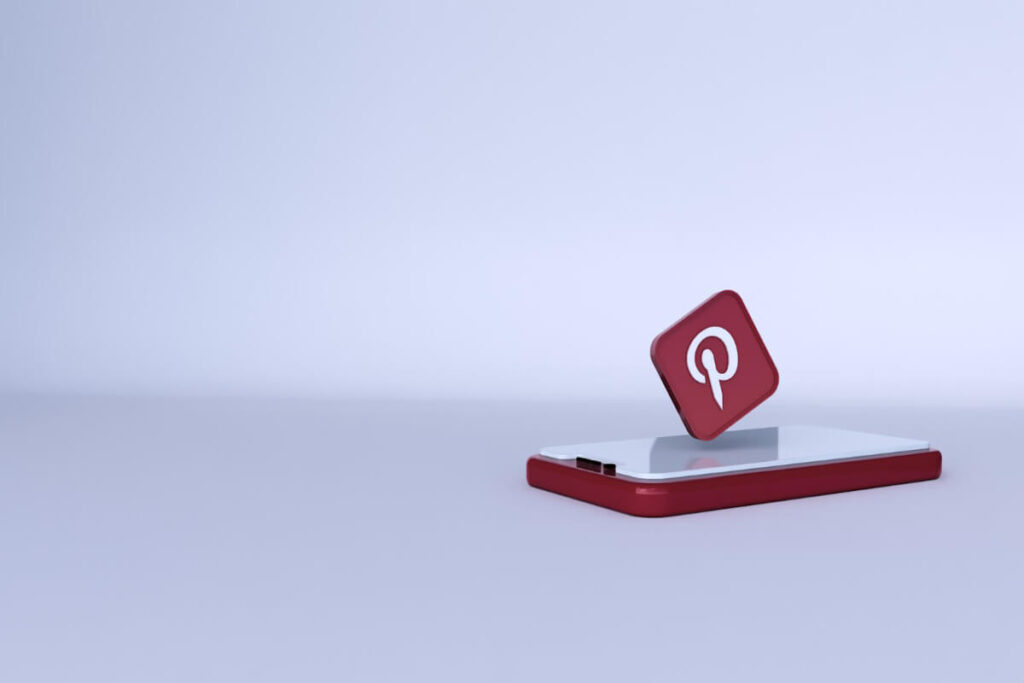Are you looking to create a platform similar to Pinterest? In this article, we will delve into the technical aspects of building a Pinterest clone. From design considerations to implementation details, we will cover everything you need to know to get started on your project.
Design Considerations
User Interface
The first step in building a Pinterest clone is to design a user-friendly interface. Pinterest’s success lies in its simple and intuitive layout, which allows users to easily discover and save content. When designing your platform, consider the following:
- Clean and minimalistic design: A clutter-free interface with visually appealing elements.
- Grid layout for displaying content: Organize content in a grid format for easy browsing.
- Easy navigation and search functionality: Include intuitive navigation menus and a robust search feature for seamless user experience.
Features
Pinterest is known for its unique features, such as pinboards, pins, and the ability to follow other users. To replicate these functionalities, you will need to implement:
- User registration and authentication: Allow users to create accounts and securely log in.
- Creating and editing pinboards: Enable users to create and customize their pinboards.
- Pinning and saving content: Implement the ability to pin and save images, videos, and articles.
- Following and unfollowing users: Allow users to follow their favorite creators and discover new content.
Best Practices
To enhance the user experience and engagement on your Pinterest clone, consider implementing the following best practices:
- Implement social sharing capabilities to allow users to share their favorite pins on other platforms.
- Incorporate a recommendation engine to suggest personalized content based on user preferences.
- Optimize the platform for mobile devices to cater to users accessing the site on smartphones and tablets.
Technology Stack
When it comes to building a Pinterest clone, the choice of technology stack is crucial. Here are some recommendations for the key components:
- Frontend: Use React.js for building a dynamic and responsive user interface. Leverage CSS frameworks like Bootstrap for styling.
- Backend: Consider using Node.js with Express for server-side logic and API development. Use RESTful architecture for creating scalable APIs.
- Database: Use MongoDB or MySQL for storing user data, pins, and other content. Utilize indexing and caching for improved performance.
- Hosting: Choose a reliable cloud hosting provider such as AWS or Heroku for deployment. Implement security measures like SSL certificates for data protection.
Implementation Details
User Authentication
Implementing user authentication is essential for ensuring the security of your platform. Use JSON Web Tokens (JWT) for token-based authentication and store user credentials securely using bcrypt hashing. Implement multi-factor authentication for added security.
Data Modeling
To store user data, pins, and other content, you will need to create a database schema. Consider using a NoSQL database like MongoDB for its flexibility in handling unstructured data. Use data normalization techniques to optimize storage and retrieval.
API Development
Develop RESTful APIs for handling CRUD operations on user data, pins, and other resources. Use Express.js to create route handlers and middleware for processing incoming requests. Implement rate limiting and authentication checks to prevent unauthorized access.
Frontend Development
Build a responsive frontend using React.js to create a seamless user experience. Use libraries such as Redux for managing state and React Router for navigation between components. Optimize images and media files for fast loading times.
Deployment
Once your platform is ready, deploy it to a cloud hosting provider such as AWS or Heroku. Consider using a CI/CD pipeline for automating the deployment process and ensuring continuous integration. Implement monitoring tools to track performance and identify potential issues.
Conclusion
Building a Pinterest clone involves careful planning and execution of various technical aspects. By following the insights outlined in this article, you can create a successful platform that emulates the functionality and user experience of Pinterest. Good luck with your project!
Ready to start building your Pinterest-like platform? Contact us today to discuss how we can turn your vision into reality!
FAQs:
1. What are some important design considerations when building a Pinterest clone?
- Clean and minimalistic design
- Grid layout for displaying content
- Easy navigation and search functionality
2. What are some key features that need to be implemented in a Pinterest clone?
- User registration and authentication
- Creating and editing pinboards
- Pinning and saving content
- Following and unfollowing users
3. What technology stack is recommended for building a Pinterest clone?
- Frontend: React.js
- Backend: Node.js with Express
- Database: MongoDB or MySQL
- Hosting: AWS or Heroku
4. How should user authentication, data modeling, API development, frontend development, and deployment be handled in building a Pinterest clone?
- User Authentication: Use JWT for token-based authentication and bcrypt hashing for storing user credentials securely
- Data Modeling: Consider using a NoSQL database like MongoDB
- API Development: Develop RESTful APIs using Express.js
- Frontend Development: Build a responsive frontend using React.js
- Deployment: Choose a reliable cloud hosting provider like AWS or Heroku
